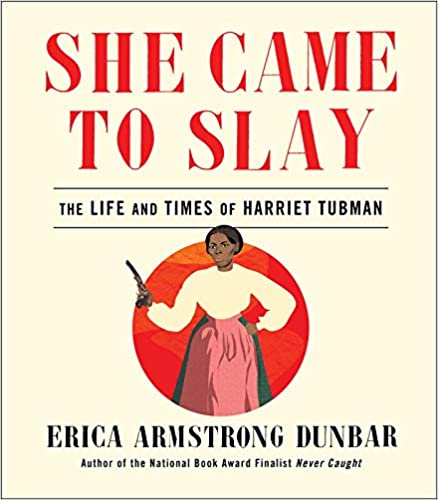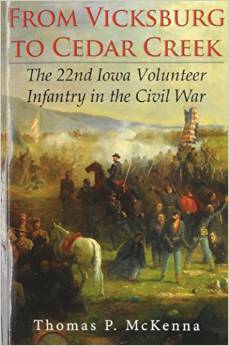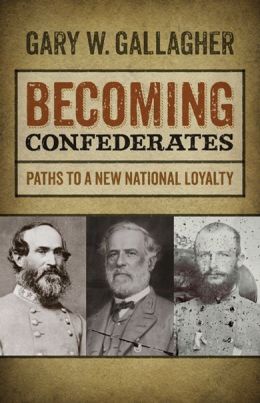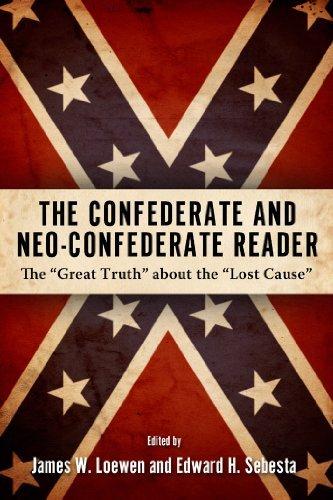For ten years, the study of the historical memory of the Civil War has been dominated by David W. Blight’s Race and Reunion. New scholarship has filled in gaps and expanded on topics he discussed, and in the same period, scholarship on the war itself has developed. Caroline Janney’s important new book, Remembering the Civil War: Reunion and the Limits of Reconciliation, offers a different interpretation of how the war was remembered and challenges some of Blight’s central ideas directly.
The debate it opens should prove fruitful for anyone who wants to understand what the Civil War meant to Americans in the decades after the war’s end. The conflict between the two interpretations is fairly straightforward. Blight argues that eventually, by about the 1890s, white northerners and white southerners found an interpretation of the war they could agree upon, but that this reunion came at the expense of stripping out all political meaning from the war and abandoning an earlier commitment to emancipation and citizenship rights for African Americans. Janney, on the other hand, draws a strong distinction between “reunion” and “reconciliation.” Reunion was a fact, the result of the Confederacy’s failed bid for independence; it was merely the Unionists and Confederates being in the same country, and this was enough to satisfy many Unionists. Reconciliation was about liking being part of the same country with former enemies who once held, and often continued to hold, radically different ideas and values. Janney’s key argument is that reconciliation never really took hold, on either side, to anything like the extent that Blight argues it did. She makes a very convincing case for this basic point, and much of the best material in her book are passages in which she carefully complicates something that had seemed simple in earlier accounts.
We can find two key reasons behind Janney’s disagreement with Blight’s earlier interpretation. The more substantive reason is the shift in the last decade of scholarship emphasizing the darker side of the Civil War. Work by Drew Gilpin Faust, Daniel Sutherland, Mark Grimsley, and others has brought greater attention to death, suffering, destruction, guerrillas, and other more painful aspects of war. Put simply, Janney’s Civil War soldiers are angrier and bitterer than those in Blight’s book, and they stay that way for longer. A body of work on prisoners of war, which Blight rightly pointed out as the most sensitive topic for veterans, has also showed that many who went through the war could not get over the experience, however much time had passed. The other difference, it seems to me, comes from the previous scholarship of the two historians and how they approach the material. Blight had written about Frederick Douglass (among other things), and so his interpretation was naturally more attuned to the questions of race in Civil War memory. Janney’s first book was about Ladies Memorial Associations in Virginia, and the burning anger of upper-class Virginia women stands out more for her.
There are some things I find much more convincing and satisfying in Janney’s book than in Blight’s work. Her story carries through the 1930s, which seems a better framework than Blight’s tidy ending in 1913 with the semicentennial of Gettysburg and the Emancipation Proclamation. By continuing through the passing of the war generation, Janney is better able to show the ebb and flow of reconciliation. The discussion of how Appomattox was memorialized in the 1930s, for instance, is enlightening and adds support to Janney’s overall argument.
Much of Remembering the Civil War is surprisingly apolitical. Fierce battles rage between northern and southern veterans and their supporters over the meaning of the war, and Janney gestures towards broad political movements such as Populism or the rise of Jim Crow, but there is little in the way of careful analysis of the politics and personalities involved at a state level. This is unavoidable to some extent in a book with a scope as ambitious as this, but it would have been a better book had it engaged with a few more of the complexities of the intersection of Civil War experience and postwar politics. A discussion of William Mahone’s career, for instance, would have helped explain why all this mattered urgently in Virginia. Another weakness of the book emerges from the lack of discussion of theory and methodology. It is obvious that people were remembering, discussing, and memorializing the war, but in the absence of some discussion of just how memory works, it becomes difficult to gauge how these activities worked and how memory changed, much less how it interacted with the rest of people’s experiences. The importance of anti-reconciliationist sentiment, which is crucial to Janney’s argument, becomes somewhat essentialized and is assumed to flow from the original events without reference to context. A bit more engagement with studies of how historical memory works would have produced a more convincing account of how this anti-reconcilationist memory was continually recreated in changing circumstances and thus remained powerful.
With a book like this, it is impossible to say that Janney’s interpretation has decisively defeated Blight’s, but she has produced a very thorough and carefully researched study to challenge what had been the conventional wisdom in the field. Remembering the Civil War will breathe new life into old debates for some time to come.
Bruce E. Baker is a Lecturer in History at Newcastle University and most recently the author of This Mob Will Surely Take My Life: Lynching in the Carolinas, 1871-1947 (2008).





